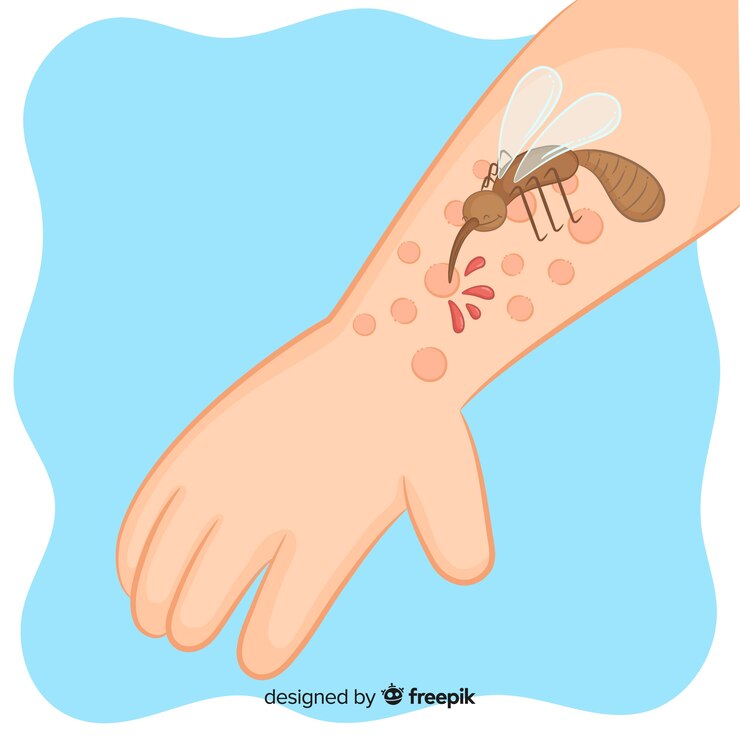
Understanding Seborrheic Contact Dermatitis: Causes, Symptoms, Triggers, and Resources for Patients
Seborrheic contact dermatitis might sound like a mouthful, but it’s just a fancy name for a type of skin irritation that happens when your skin comes into contact with something it’s sensitive to. Let’s break it down so you can understand it better.
What is Seborrheic Contact Dermatitis?
Seborrheic contact dermatitis is a skin condition where your skin gets all red, itchy, and irritated after touching certain things. It’s a mix of two types of skin problems: seborrheic dermatitis, which causes redness and flaking on oily areas like your scalp, and contact dermatitis, which happens when your skin touches something it doesn’t like.
Causes and Symptoms
So, what causes seborrheic contact dermatitis? It can be triggered by a lot of different things, like:
- Harsh Chemicals: Some soaps, shampoos, or cleaning products can irritate your skin.
- Allergens: Certain plants, metals (like nickel), or fabrics can make your skin angry.
- Weather: Cold, dry air in winter or hot, sweaty weather in summer can mess with your skin.
- Stress: Yup, even stress can make your skin act up sometimes.
When you have seborrheic contact dermatitis, you might notice things like:
- Red, swollen patches on your skin
- Itchy or burning sensation
- Flaky or scaly skin
- Blisters or bumps that ooze or crust over
Triggers
Certain things can trigger seborrheic contact dermatitis and make it flare up. Some common triggers include:
- Using harsh or irritating skincare products
- Wearing tight or scratchy clothing
- Exposure to allergens like pollen, dust, or pet dander
- Stress or emotional upheaval
- Changes in weather or temperature
Resources for Patients
If you think you have seborrheic contact dermatitis, don’t worry! There are resources available to help you manage it:
- Dermatologist: A dermatologist is a skin doctor who can diagnose your condition and recommend treatment options tailored to your needs.
- Support Groups: Joining a support group or online community can connect you with others who understand what you’re going through and provide valuable tips and advice.
- Educational Websites: Websites like the American Academy of Dermatology or the National Eczema Association offer reliable information and resources on skin conditions like seborrheic contact dermatitis.
Remember, you’re not alone, and there are plenty of resources and support available to help you manage your seborrheic contact dermatitis and keep your skin happy and healthy!
To seek medical advice, always consult a Doctor. Here are our recommended EXPERTS. Click here
To read more on SKIN. Click Here



